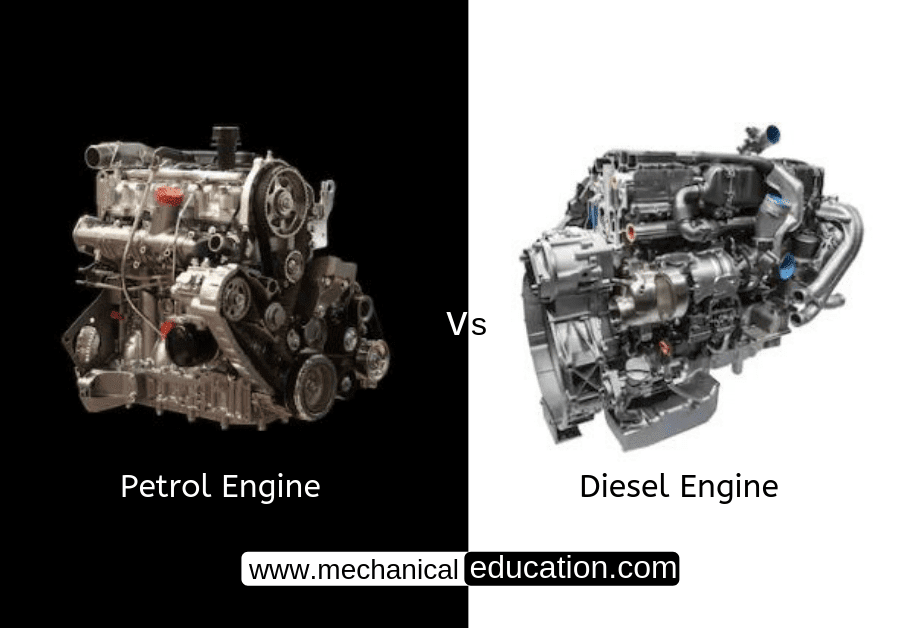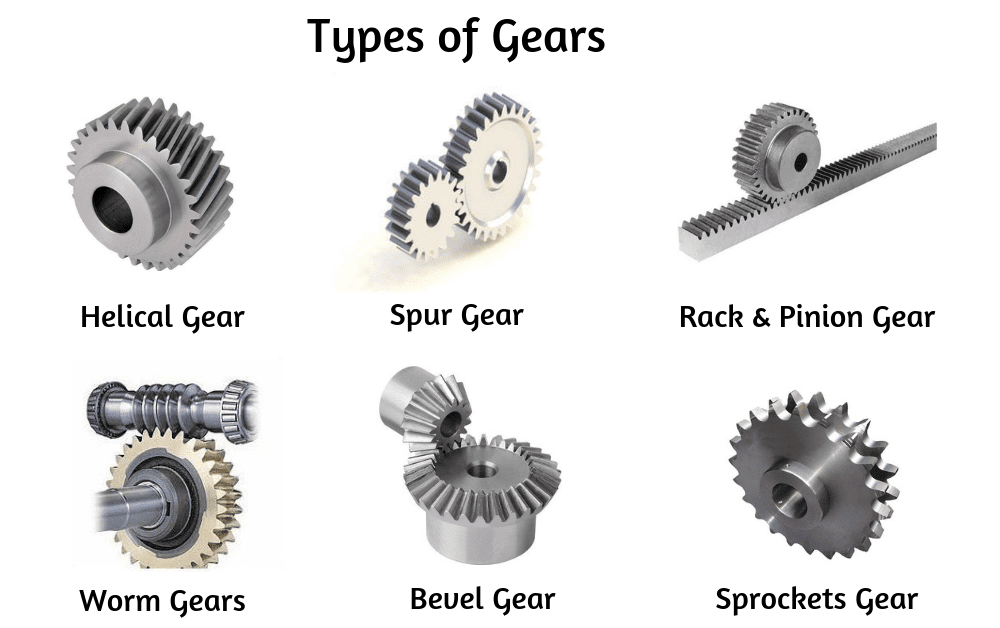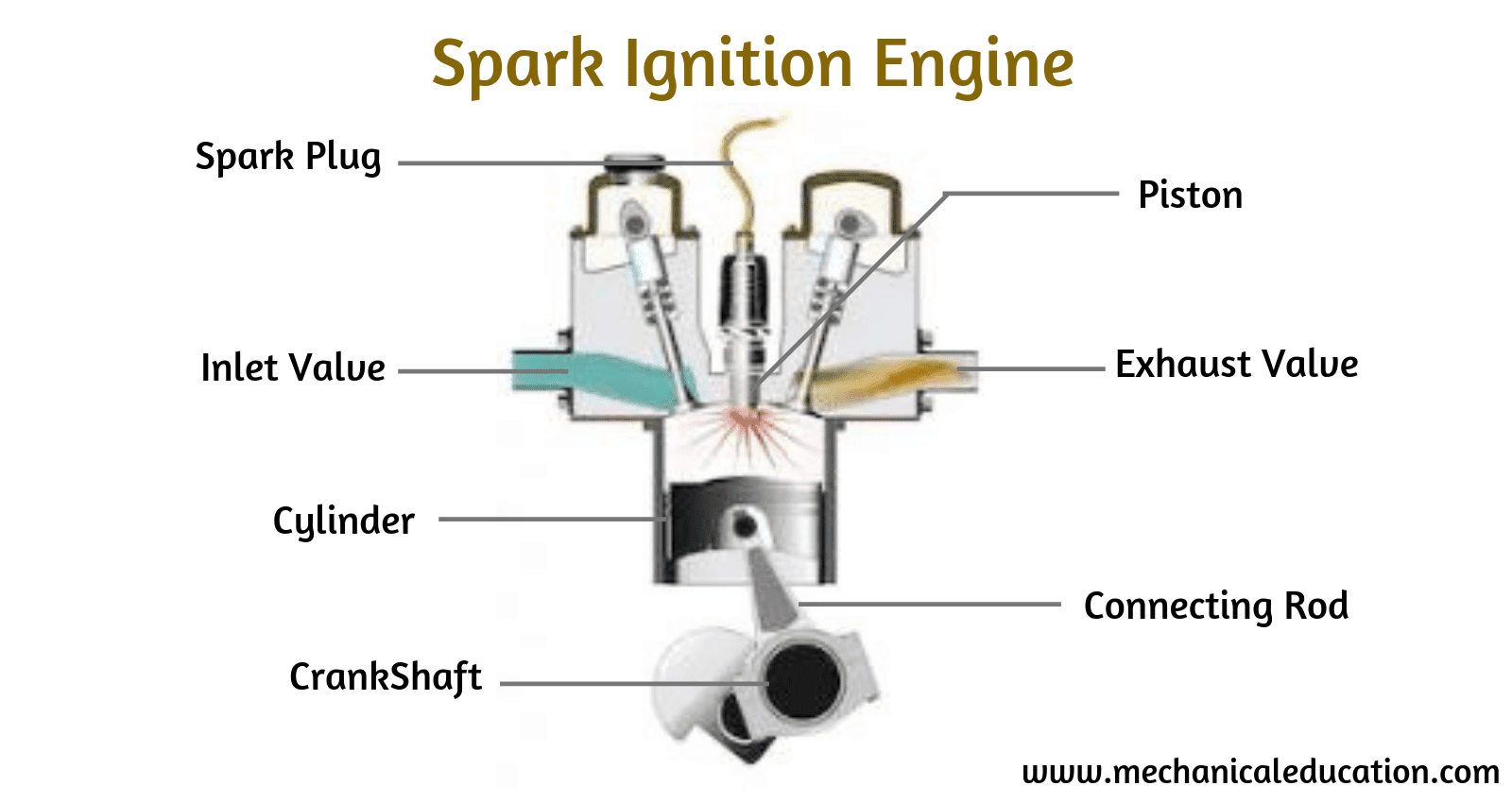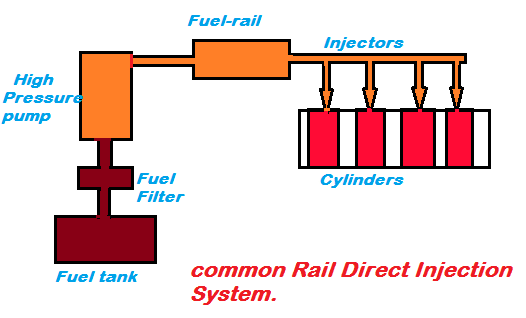Introduction: The rocker cover is an essential component of your engine, yet many people are unaware of its importance. A rocker cover is a metal plate located on top of each cylinder head that prevents oil from leaking out and dust particles from getting into the engine. Having a secure rocker cover in place helps ensure optimal performance for both compression and fuel mixture levels, resulting in increased overall efficiency and protection against wear and tear damage. Let’s take a deeper look into the purpose of the rocker cover and why you should have one installed.
What Does a Rocker Cover Do?
A rocker cover works to prevent oil leakage by covering any exposed valve stems or holes where oil could escape if not covered securely. This helps keep your engine lubricated without having to worry about excess oil pooling underneath your car. Additionally, it also prevents dust particles from entering through these holes, which can adversely affect engine performance if left unchecked. The presence of a rocker cover also ensures that all cylinders are functioning properly and that fuel mixtures are balanced correctly within each cylinder. This increases overall efficiency, saving you time and money at the pump!
When Should I Replace My Rocker Cover?
Rocker covers should be replaced every 30,000 miles or so to ensure optimal performance for your vehicle’s engine. If you notice any signs of wear such as cracks or discoloration on the surface of the rocker cover, it’s best to replace it right away before more serious damage occurs. Additionally, if you find yourself having to add oil frequently in between service visits, this can be an indication that your rocker cover needs replacing due to excessive leakage.
Conclusion:
In conclusion, the rocker cover plays an important role in keeping your vehicle running smoothly by preventing oil leakage and dust particles from entering the engine area. It also ensures that fuel mixtures are balanced correctly within each cylinder for optimum efficiency while driving. Make sure to replace your rocker cover every 30,000 miles or so to keep it functioning optimally over time!
Frequently asked questions
1.What is a rocker cover, and where is it located in an engine?
A rocker cover, also known as a valve cover, is a protective cover located on the top of an engine. It encloses the rocker arms and valve train components.
2.What is the primary purpose of a rocker cover in an engine?
The main purpose of a rocker cover is to protect and seal the valve train components, including the rocker arms and valves, while also preventing oil leaks.
3.How does a rocker cover protect the valve train components?
The rocker cover prevents contaminants like dust and debris from entering the engine, protecting the valve train from damage. It also contains oil splashes and keeps them from leaking out.
4.Are rocker covers essential for all types of engines, or are they specific to certain designs?
Rocker covers are a common feature in most internal combustion engines, including gasoline and diesel engines. They serve a critical function in maintaining engine performance and cleanliness.
5.Can a damaged or missing rocker cover affect engine performance?
Yes, a damaged or missing rocker cover can lead to contamination of the valve train, increased oil consumption, and potential engine overheating due to oil leaks.
6.What materials are rocker covers typically made from?
Rocker covers are commonly made from materials like aluminum, plastic, or steel, depending on the engine’s design and requirements.
7.How often should you inspect or replace the rocker cover gasket, which helps maintain the seal?
The frequency of gasket inspection and replacement varies depending on the engine’s usage and age. However, it’s advisable to include it in regular engine maintenance schedules.
8.Can a DIY mechanic replace a rocker cover and its gasket, or is it a job for a professional mechanic?
Replacing a rocker cover and its gasket can often be done by DIY mechanics with some mechanical skills and the right tools. However, professional help may be needed for complex or challenging installations.
9.Are there aftermarket rocker covers available for engine customization or performance enhancement?
Yes, aftermarket rocker covers are available in various styles and materials. They are often used for both aesthetics and improved engine cooling.
10.Besides protection and sealing, do rocker covers have any other functions in an engine?
Some rocker covers incorporate baffles or ventilation systems to control crankcase gases and ensure proper pressure balance within the engine.
Rocker covers play a crucial role in protecting and maintaining the cleanliness of an engine’s valve train. Regular inspection, maintenance, and replacement of rocker cover gaskets when necessary are essential for optimal engine performance and longevity.




